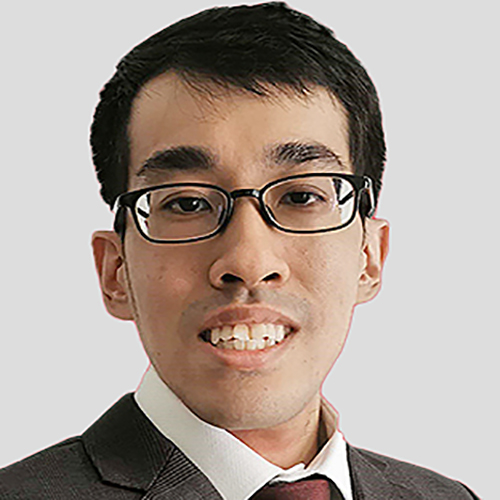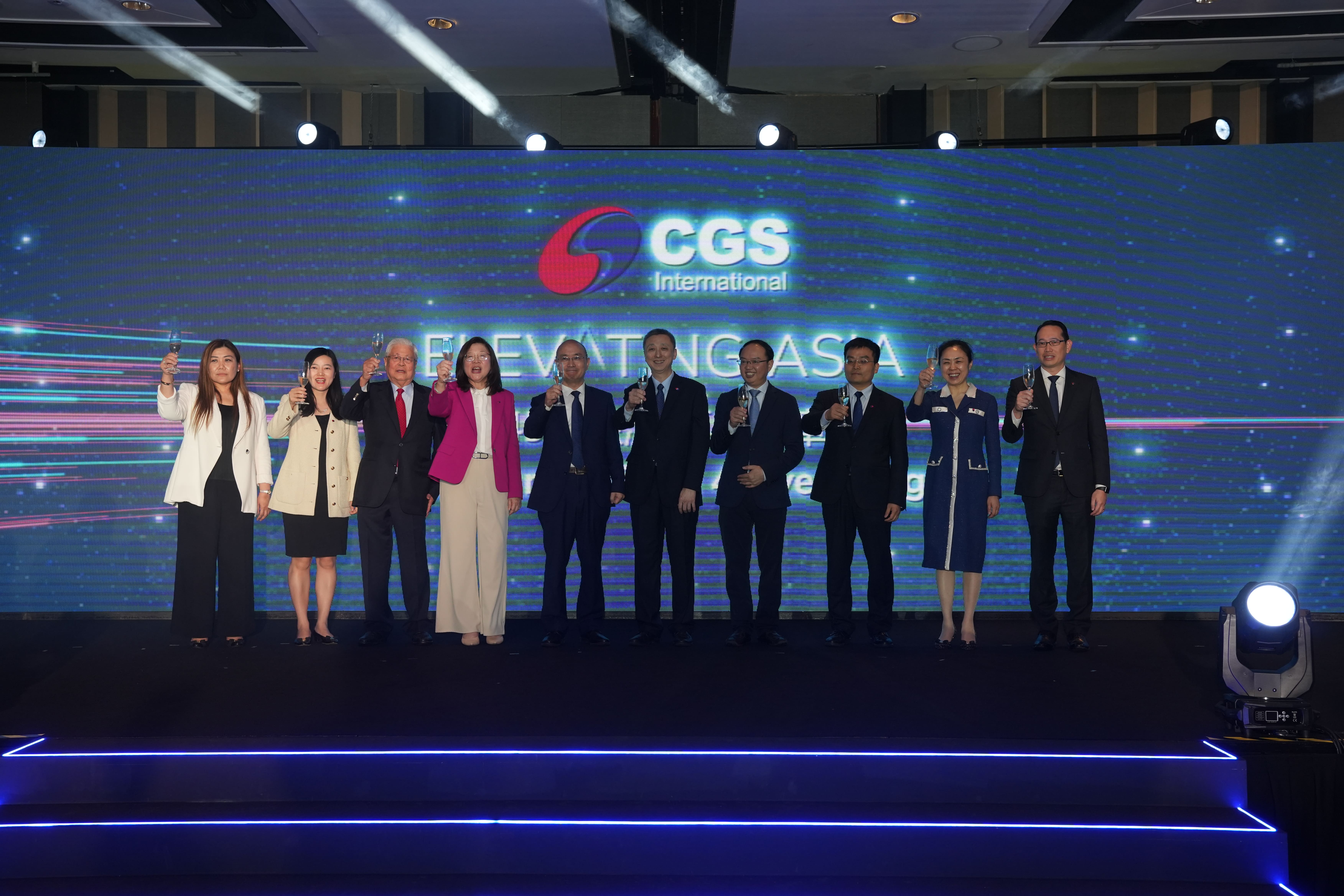Traditional fixed income is becoming the most sought-after strategy for insurers in Asia ex-Japan, followed by alternative strategies such as private debt, infrastructure, and private equity, according to a new report.
Asian insurers have to deal with the lower-for-longer interest rate environment, which is aggravated by uncertainties resulting from the Covid-19 pandemic, research and consulting firm Cerulli Associates says in its latest report, Asian Insurance Industry 2020: Knowing Your Insurance Client.
And as a result, global non-investment-grade (high-yield) fixed income is the strategy that most insurers (35.7%) want to increase, followed by domestic multi-asset and alternative strategies, including infrastructure and real estate, a recent Cerulli survey finds.
“Regional insurers hope to generate sufficient alpha through active management,” says Ye Kangting, a senior analyst with Cerulli Associates, “but this is not easy, as they also need to comply with regulations, such as risk-based capital (RBC) rules and new accounting standards.”
Although fixed income and alternatives tend to be the most sought-after assets under current conditions, insurers across Asia hold different risk appetites and strategy preferences.
In terms of fixed income, Taiwanese insurers could be more aggressive as some have reportedly increased high-yield corporate bond allocations by more than 10% in mandates around March and April 2020, hoping to profit from widening spreads, especially in the US market.
In Hong Kong, insurers could be more risk-averse. Some have been cautious about credit downgrades and turned to investment-grade bonds as such safe-haven vehicles come with higher credit quality and lower risk charges under RBC requirements.
There are also many insurers in between, seeking high-quality emerging market bonds to capture additional yields while making sure the associated credit risk is manageable, the report says.
In alternatives, insurers favour long-dated features of the asset class to match their liabilities, but they seek returns in a prudent way. For example, infrastructure debt can offer stable yields and diversification; they have been reportedly gaining traction among Korean insurers since the second quarter of 2020. However, foreign real estate could lose its shine in South Korea, given tightened rules introduced by the Financial Supervisory Service in June this year.
The report also cites insurers’ demand for other asset classes such as equities and multi-assets for returns and diversification. “Going forward, regional insurers are expected to continue seeking portfolio resilience, diversification, and return enhancement,” says Ye. “Knowing their short- and long-term demands, building strong relationships, taking holistic portfolio views with knowledge of regulations, and possessing capabilities that are complementary to insurers’ existing strategies are crucial for managers to win mandates.”









